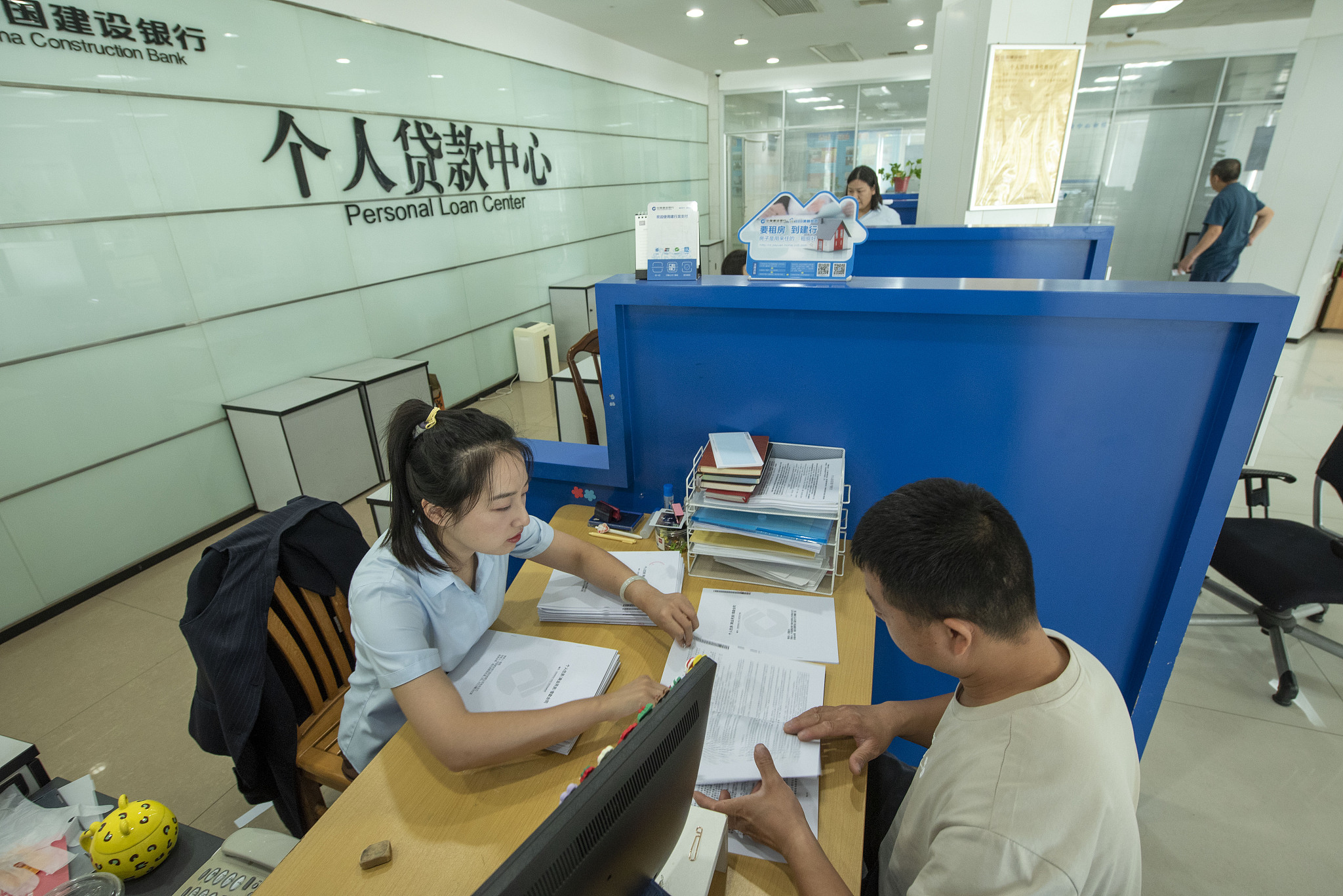Online lenders cool as China’s economic rebound wobbles

Lufax, Qifu and FinVolution face difficulties growing while also managing risk in a slowing economy, their latest quarterly results show
Key Takeaways:
- Online loan facilitators Lufax and Qifu both reported year-on-year revenue declines in the second quarter
- Rival FinVolution posted a revenue gain for the quarter, as contributions from its overseas operations helped to offset sluggish performance at home
By Warren Yang
Winter is fast approaching for China’s top online lenders as momentum for the country’s long-awaited economic recovery fizzles.
That early freeze sent a chill through the latest quarterly results from leading online loan facilitators Lufax Holding Ltd. (LU.US; 6623.HK) and Qifu Technology Inc. (QFIN.US; 3660.HK), which both reported year-on-year revenue declines in the second quarter. One of their key competitors, FinVolution Group (FINV.US), fared better, but that was mostly due to its strong performance in overseas markets. Like the others, its life at home wasn’t a bed of roses.
Just months ago, many expected the boom times to quickly return in China after Beijing dropped its Covid-19 measures that were throwing a wrench into the economy. But the recovery has been wobbly at best, with domestic consumption remaining sluggish amid a record high unemployment rate among youths who are often some of the most enthusiastic borrowers and consumers.
The Chinese economy is also facing a range of other big issues, from a shrinking and aging population, to a shaky property sector, to debt-ridden local governments. But persistently weak domestic consumption is perhaps most troublesome for the three online lending platforms, and all lenders in general, posing a number of major challenges for their business.
For one, this group of non-mainstream lenders is seeing weak demand from individuals seeking credit to buy goods, one of their main customer groups. Demand is also weak from small businesses that are their other main customers, since weak consumer buying is hurting demand for those business’ products and services.
At the same time, as many consumers and small businesses cope with financial stress, lenders are being forced to become more selective in their choice of borrowers to avoid getting saddled with a wave of defaults. That may reduce risks for them, but it also hinders their growth.
A combination of such headwinds dealt the largest blow to Lufax, a subsidiary of financial giant Ping An Insurance (2318.HK; 601318.SH), in the second quarter. The company – which focuses on small businesses but is trying to grow its consumer finance business – saw its revenue tumble 39% year-on-year to 9.27 billion yuan ($1.28 million) in the three months to June, as the volume of its new and outstanding loans both shrank substantially, according to its second-quarter report released last month. Its net profit plunged by nearly two-thirds.
One bright spot in the report is that Lufax contained growth in loan defaults as it became more cautious. The company’s ratio of loans delinquent for more than 90 days within its total still rose a bit in the three months to June, perhaps partly due to the slowdown in lending to reduce risks. But losses from bad loans that the company guaranteed also narrowed.
Lufax and most of its peers make a big portion of their money by collecting fees when they help to facilitate loans between actual lenders and borrowers. As that business becomes more difficult, Lufax is also seeking to boost income through direct lending by its consumer finance subsidiary and trusts that it runs using funding from institutional investors.
Higher risk
In such direct lending operations, Lufax pockets the difference between interest it charges borrowers and its own cost of funding. But there’s also a higher degree of risk, since Lufax is directly responsible for any losses from loans that become delinquent. The company is also trying to guarantee more loans for its lending partners, earning fee income for such services.
Either way, the company is bearing more credit risks as it expands these businesses. That can pay off if it continues to find new high-quality borrowers, but becomes problematic if default rates shoot up. Lufax’s second-quarter results show that achieving such a balance is anything but easy in such tricky times.
“As we navigate through this transitory period, we believe that both near-term loan growth and profitability will remain suppressed,” Lufax CEO YongSuk Cho said in the company’s report.
While its revenue also declined, Qifu defended its top line better than Lufax and even managed to grow its net profit. Its revenue fell by a milder 6% year-on-year to 3.9 billion yuan in the second quarter, while its bottom line improvement owed mostly to a large cut in marketing costs, according to its latest quarterly report, also released last month.
Like Lufax, Qifu appears willing to take more credit risks, though it’s not clear if that’s a strategic shift. Qifu’s revenue from loan facilitation fees declined during the quarter, but it reported a 45% jump in interest income from loans it disbursed via its trusts, and from those funded directly by its microloan subsidiary.
Qifu more than doubled its issuance of asset-backed securities (ABS) both year-on-year and sequentially during the quarter to lower funding costs for its microlending business and improve its margins. But the company booked more provisions in the second quarter to cover increased credit risks than it did a year earlier, even though its nonperforming loan ratio actually dropped – probably as a result of enhanced risk control.
FinVolution delivered the best headline numbers with 15% revenue growth, driven by a 112% surge in overseas revenue. That looks promising, showing the company’s international expansion efforts are bearing fruit as it tries to diversify beyond China. But excluding overseas contributions, its revenue increased less than 10% during the quarter. That’s still better than the declines for Lufax and Qifu, but modest compared to headier growth rates in earlier times.
FinVolution’s provisions and credit losses that it’s liable for under guarantee programs for its lending partners also increased much faster than its loan balance, as more of its loans soured. That hurt the company’s bottom line, with its net profit up just 0.8% for the quarter.
Lufax’s New York-listed stock lost about 5% the day after the company reported its latest earnings, while Qifu fell 2% after its report came out. FinVolution’s shares rose initially after its relatively strong report, but gave up the gains in the following days. All three stocks trade at depressed forward price-to-earnings (P/E) ratios of less than 4, indicating investors are cautious on their prospects. That’s hardly surprising, given the current chilly climate in the Chinese economy.
Have a great investment idea but don’t know how to spread the word? We can help! Contact us for more details.
The Bamboo Works offers a wide-ranging mix of coverage on U.S.- and Hong Kong-listed Chinese companies, including some sponsored content. For additional queries, including questions on individual articles, please contact us by clicking here.
To subscribe to Bamboo Works free weekly newsletter, click here






